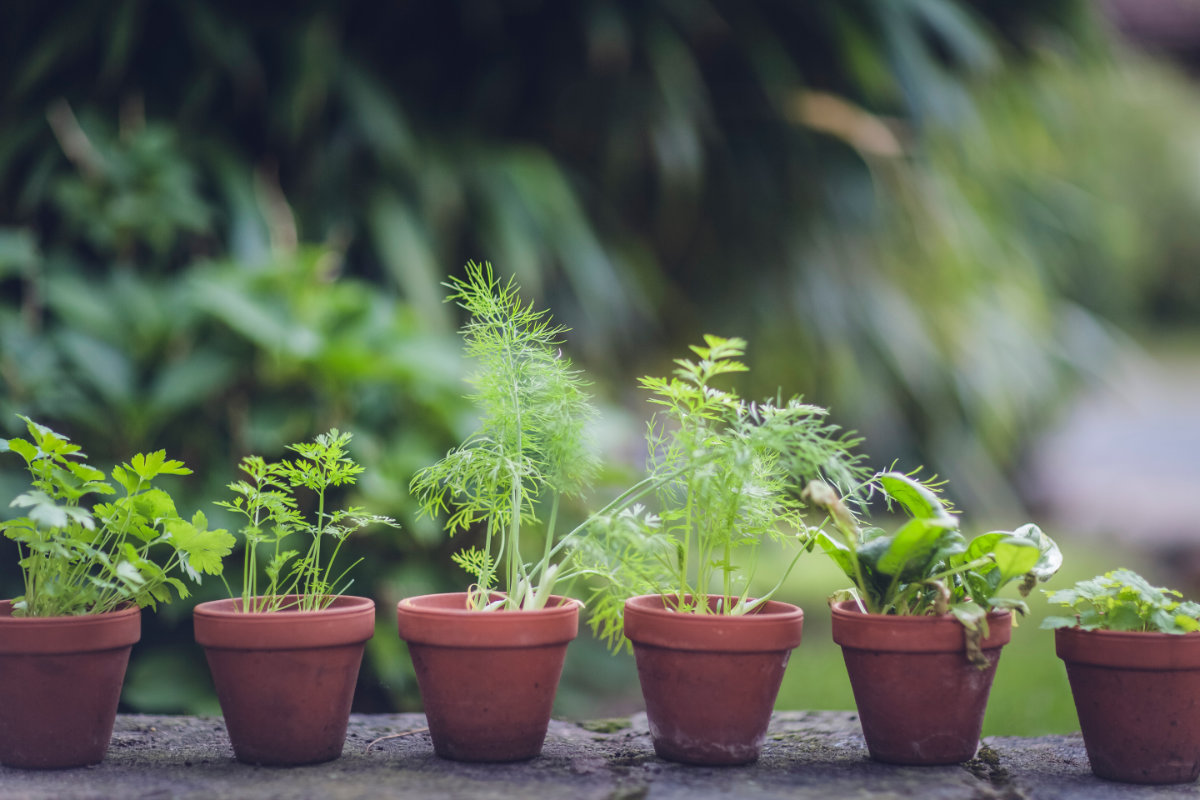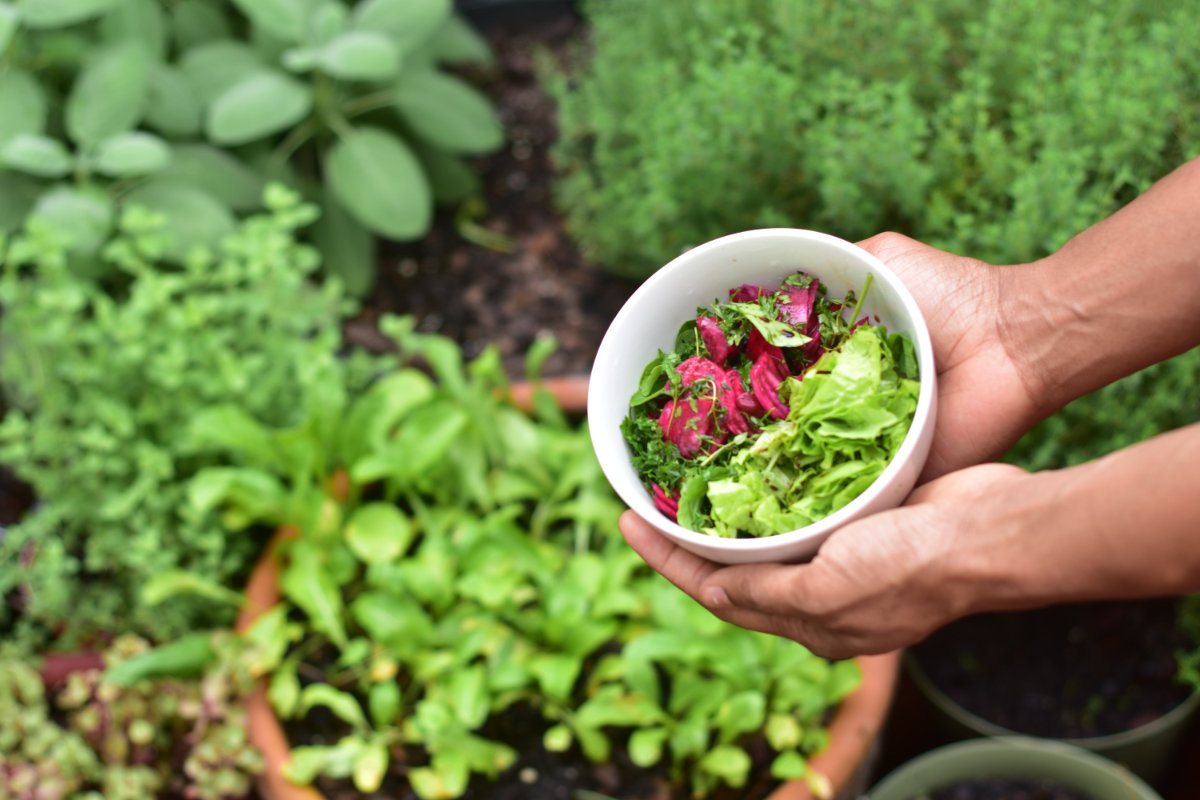How To: Organic Fertilizer


As plants grow, they require food to live. Fertilizers assist the soil to provide nourishment for the plants. Choosing the correct kind of fertiliser and applying the right amount depends on what the soil and the plants are.
The Basics
Annual vegetables grow rapidly, and use a lot of fertilizer. The compost you incorporate onto your seedbed may not be released fastenough to keep up with the plants ability to grow. Top-dressing the soil of your garden beds with a suitable organic fertilizer is an ideal way to boost plant growth. This is especially effective for leafy crops such as lettuces, cabbages, cauliflower and silverbeets.
The big 3 ‘macro-nutrients’ are Nitrogen (N) for leaf growth, Phosphorus (P) for roots & flowers, Potassium (K) for fruting & general health. As you can tell, these things don’t happen at the same time in a plant’s life, as such you’ll need different levels of nutrients at different times. The other nutrients are generally known as ‘Trace Elements’ or ‘Micro-Nutrients’ but all have important roles to play.
How do I know what my plants need?
There’s a lot of vague information out there on how to determine what fertilizer your plants may be currently lacking, it seems to most often be variations on “yellowing”, which isn’t very helpful, leading to people adding every nutrient combination to try and fix the problem.
When it comes to exact amounts, there’s no easy answer. There are so many factors that can effect the NPK requiremtns, for example:
- Different plants may have unique nutritional requirements
- Rain water vs well water can make a big difference
- Your existing soil NPK levels
- Do your plant need quick or slow release nutrients?
You can (and should) get a soil testing kit (also called a ‘NPK’ kit) while preparing your garden. They’re easy to use, and instructions are usually a step-by-step guide on how to perform the tests. You’ll need to have a little patience, as it can take some time for your test results to appear, but it’s still quicker than sending soil off to a lab.
Various studies have found that an ideal NPK ratio for flowering plants, non-flowering trees, shrubs, as well as lawns is 3-1-2. (That’s 3% Nitrogen, 1% phosphorus & 2% potassium.)
What your aiming to do, is get your soil to those levels by:
- Testing what you have now,
- Adding what’s missing, retesting, and repeat.
Keep in mind that the goal is to feed your plants, as they grow your nutrient levels will drop, so keep an eye on them.
A note about ‘pH’
You’re soil pH can have an effect on how plants access the nutrients you feed them.
Soil pH is a measure of the acidity or alkalinity in soils. In the pH scale, pH 7.0 is neutral. Below 7.0 is acidic and above 7.0 is alkaline.
- In highly acidic soil, aluminum and manganese can become more available and more toxic to plant while calcium, phosphorus, and magnesium are less available to the plant.
- In highly alkaline soil, phosphorus and most micronutrients become less available.
Generally, soil pH 6.0-7.5 is acceptable for most plants as most nutrients become available in this pH range. So while you’re testing your soil, also get a read on your soil pH level.
How much and how often?
Solid fertilizers
For most vegetable gardens, with a mix of leafy and root vegetables, 2 thin layers of solid fertilizer a year should be enough.
For ornamental plants and shrubs, one good layer each spring is a good way to boost growth after winter.
Liquid fertilizers
These are usually bought concentrated, and require watering down. Instructions on the product will be pretty clear. For an established leafy vegetable garden a fish emulsion watering twice a week should boost production.
Test out new combinations and sources of fertilizers in small batches and watch for any unwanted reactions, the dreaded ‘yellowing’.
Organic sources of fertilizers
There’s really no benefit of manufactured over organic fertilizer in small/medium scale gardens. We are more than able to meet our plant’s needs with the organic materials already available in most gardens or within very close proximity.
Cow, Horse & Goat Manure
Highly dependant on diet. Low in Nitrogen, high in organic matter. Better used as a general soil health improver.
Chicken Manure
Also dependant on diet, but much higher nutrient levels than cows or horses. A good all-rounder fertilizer.
Seaweed
Low in Nitrogen, High in Potassium. Available in concentrated liquid from sustainable seaweed farms, don’t take seaweed from the beach!
Wood Ash
High in Potassium and trace elements like Calcium, but no Nitrogen. Also useful in reducing the acidity of soil. Ash from denser hardwoods contain more nutrients than softwoods.
Fish meal
High in Nitrogen and Phosphorus. Available in solid form.
Fish emulsion
A good general purpose fertilizer, high in Notrogen. Available in concentrated liquid form.
Blood and Bone
Very high Nitrogen and Phosphorus. Use sparingly or mix with water.
Worm Castings
Dependant on diet, generally high Nitrogen and trace elements. Great mixed with water as a general weekly booster.
The role of fertiliser nutrients
| Nutrient | Symbol | What it does |
|---|---|---|
| Nitrogen | N | Assists proteins to produce new tissue, particularly leaves and stems |
| Phosphorus | P | Stimulates root growth. Helps set buds and flowers |
| Potassium | K | Assists flower and fruit production, also improves vigour and disease resistance |
| Calcium | Ca | Strengthens cell walls |
| Magnesium | Mg | Assists chlorophyll to capture the sun's energy for photosynthesis |
| Sulphur | S | Used in chlorophyll and protein production |
| Iron | Fe | Assists chlorophyll production and plant respiration |
| Manganese | Mn | Needed in the production of chlorophyll |
| Zinc | Zn | Used in enzyme and hormone development |
| Boron | B | Contributes to cell development and plant metabolism |
| Molybdenum | Mo | Assists plants to process nitrogen and phosphorus |
| Copper | Cu | Used in photosynthesis and respiration; aids metabolism of carbohydrates and proteins |
| Cobalt | Co | Aids nitrogen-fixing in legumes |


